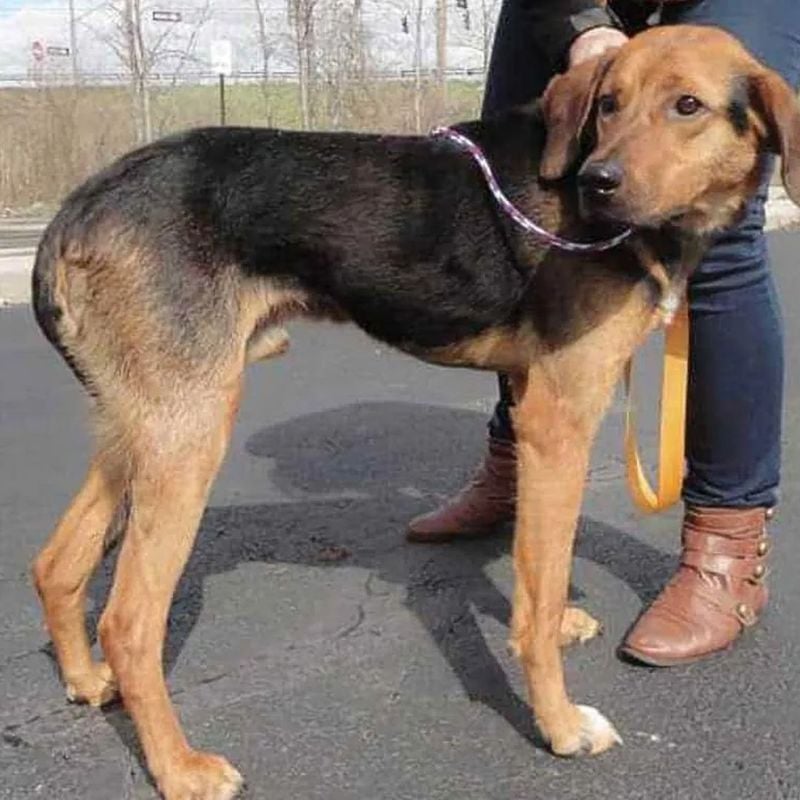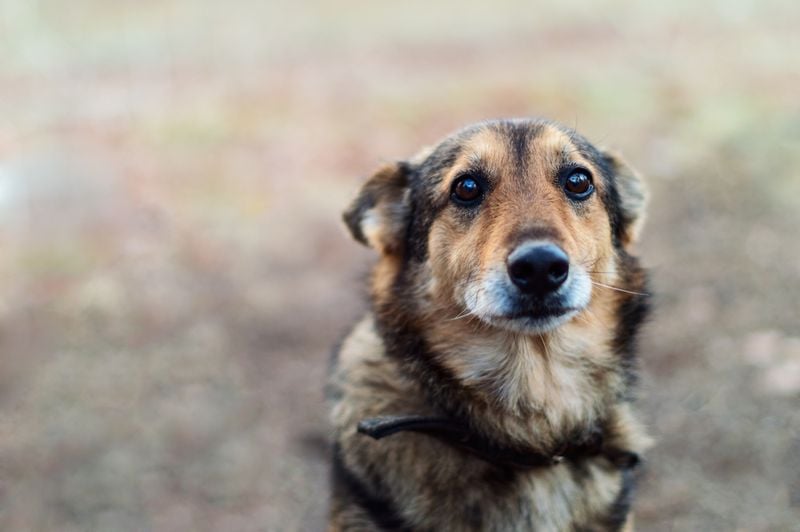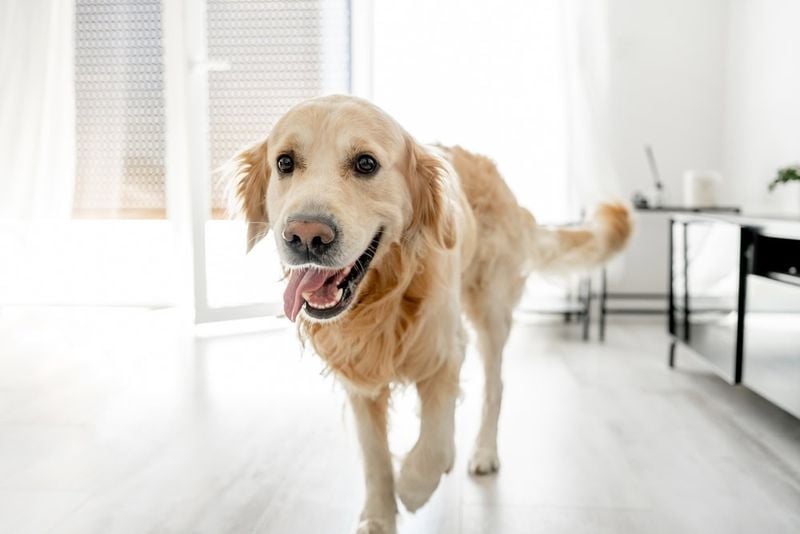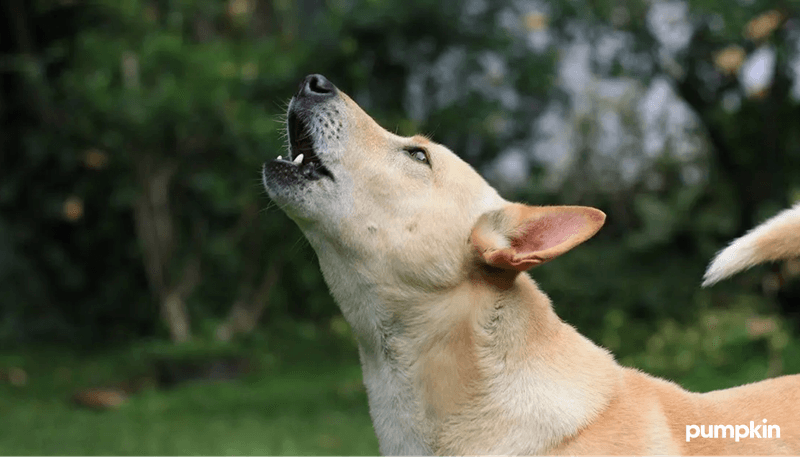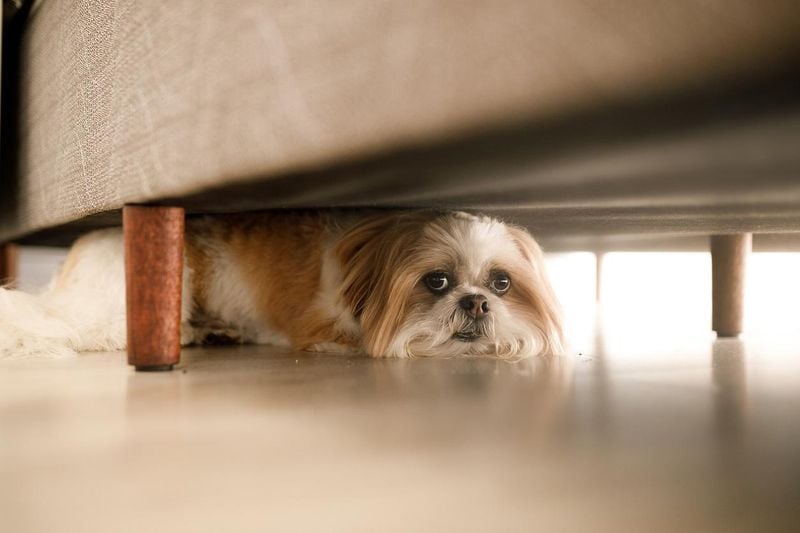15 Clear Signs Your Dog Is Stressed (And What to Do About It)
Just like humans, dogs experience stress and anxiety that can affect their overall health, behavior, and happiness. While they can’t tell us what’s wrong in words, our canine companions communicate their feelings in subtle (and sometimes not-so-subtle) ways. As a loving dog owner, recognizing the signs of stress is one of the most important things you can do to support your pup’s emotional well-being.
Whether it’s a change in routine, loud noises, unfamiliar environments, or even boredom, stress can manifest in different ways—from physical symptoms to behavioral changes. Left unaddressed, chronic stress can lead to more serious issues, including destructive behavior, aggression, or health complications.
Fortunately, dogs are constantly giving us clues—if we know how to read them. By learning to spot these early warning signs, you can take timely action to comfort, protect, and support your dog. Not only does this help prevent problems before they escalate, but it also deepens the trust and bond between you and your pet.
Here are 15 signs your dog might be feeling stressed—and why it’s important to pay attention to each one.
1. Excessive Panting When It’s Not Hot
Your normally calm pup suddenly sounds like they’ve run a marathon while lounging on the couch. Rapid breathing that isn’t caused by heat or physical activity often signals anxiety or discomfort.
To help your dog, first remove them from whatever might be triggering this response. Create a quiet, cool space where they can relax. Consider using calming pheromone diffusers or anxiety wraps designed specifically for dogs.
If the panting persists or happens regularly, consult your vet to rule out medical issues. They might recommend behavior modification techniques or, in some cases, anti-anxiety medications.
2. Tail Tucked Between Legs
A happy dog’s tail tells stories of joy, but when that tail disappears between their legs, they’re sending a clear distress signal. This posture shows your dog feels threatened, fearful, or submissive in their current situation. Approach your scared pup with gentle movements and soft voices.
Never force interaction when they display this body language. Instead, identify what might be causing fear and gradually help them build positive associations with that trigger. For instance, if strangers cause tail-tucking, ask visitors to avoid direct eye contact and let your dog approach them first when ready.
3. Ears Pinned Back Against Head
Those expressive ears speak volumes about your dog’s emotional state. When flattened tightly against the head rather than perky and forward-facing, your dog is communicating fear or anxiety.
Create distance between your pet and whatever’s causing distress. Speak in soothing tones and avoid making sudden movements that might escalate their anxiety. Some dogs benefit from having a safe retreat space like a covered crate or quiet room.
Watch for patterns in when the ear-pinning occurs. Does it happen during thunderstorms? When certain people visit? Identifying specific triggers helps you develop targeted solutions for your dog’s unique stress points.
4. Frequent Lip Licking or Yawning
Notice your dog repeatedly licking their lips when there’s no food around? Or yawning when they shouldn’t be tired? These seemingly innocent behaviors actually represent canine calming signals—attempts to self-soothe during stressful situations.
Pay attention to what’s happening in the environment when these behaviors occur. Maybe the room is too noisy, or someone is standing too close. Give your dog space and reduce environmental stressors when possible.
Teaching children and guests to recognize these subtle signs prevents unwanted interactions when your dog needs breathing room. Remember, a dog who feels their communication is respected is less likely to escalate to more serious warning behaviors.
5. Avoiding Eye Contact or Turning Away
When your normally attentive pup suddenly finds the wall fascinating or refuses to meet your gaze, they’re likely feeling uncomfortable. Dogs use avoidance as a polite way of saying “I need space” before resorting to more direct communication.
Honor this request by backing off rather than pursuing interaction. Forcing engagement with a dog showing avoidance can damage trust and potentially lead to defensive reactions. Instead, wait for them to approach you when they feel secure.
For chronically shy or anxious dogs, counter-conditioning helps build confidence. Pair brief, positive interactions with treats or play, gradually increasing duration as your dog becomes more comfortable.
6. Destructive Chewing and Digging
Coming home to shredded cushions or excavated flower beds? Your dog might be sending an SOS through destruction. Tearing, chewing, and digging often stem from boredom, separation anxiety, or pent-up energy that transforms into stress.
Physical exercise is your first defense. A tired dog has less energy for demolition projects. Aim for at least 30 minutes of active play or walking daily, adjusted for your dog’s age and breed needs.
Mental stimulation matters equally. Puzzle toys, training sessions, and rotating toy collections keep clever minds engaged. For separation anxiety, gradual desensitization to your departures and special “alone time” toys can reduce the panic that drives destructive behavior.
7. Sudden Changes in Appetite
Your food-motivated mutt suddenly turning away from dinner deserves attention. Stress commonly affects appetite, causing either complete disinterest in food or anxious, rushed eating.
These changes signal your dog’s nervous system is in fight-or-flight mode. Don’t force feeding during stressful periods. Instead, maintain regular meal schedules even if portions go uneaten. Try hand-feeding in extreme cases to provide reassurance while nourishing your pet.
If appetite changes last more than 24 hours, consult your veterinarian to rule out medical concerns. For ongoing stress-related appetite issues, consider switching to puzzle feeders that turn mealtime into an engaging activity rather than a potentially stressful event.
8. Pacing or Restlessness
The constant click-clack of nails on hardwood as your dog circles the living room for the twentieth time isn’t just annoying—it’s revealing. Pacing, inability to settle, and restless behavior indicate a dog whose mind can’t relax due to anxiety or discomfort.
Create a calming environment with reduced stimulation. Lower television volume, dim lights, and establish a consistent relaxation space with their bed or crate. Gentle background noise like classical music or white noise machines helps some dogs tune out stressful sounds.
Massage, gentle brushing, or TTouch techniques provide physical relief from tension. For chronic restlessness, ask your veterinarian about natural calming supplements containing ingredients like L-theanine or tryptophan before considering medication.
9. Excessive Vocalization
The neighborhood probably doesn’t appreciate your dog’s stress-induced symphony of whines, barks, and howls—and neither does your pup. Unusual or persistent vocalization often indicates your dog is trying to communicate distress or anxiety.
First, rule out physical pain by checking for injuries or scheduling a vet visit. For anxiety-based noise, identify specific triggers. Does the howling start when you grab your keys? Does barking intensify during thunderstorms?
Counter-conditioning helps associate trigger events with positive experiences instead of fear. For separation-related vocalization, gradual alone-time training and enrichment toys that dispense treats can redirect focus. Remember that punishing vocalization often increases stress, making the problem worse.
10. Excessive Shedding or Dandruff
Suddenly finding fur tumbleweeds throughout your home when it’s not shedding season? Stress can trigger physical responses including abnormal hair loss and dandruff. Veterinarians call this “stress shedding,” and it happens when anxiety activates your dog’s fight-or-flight response.
Regular grooming with gentle brushes removes loose fur while providing comforting touch. The ritual itself can be calming for many dogs when done in a relaxed environment. Omega-3 fatty acid supplements support skin and coat health during stressful periods.
Address the underlying anxiety rather than just managing the symptoms. Environmental enrichment, consistent routines, and addressing specific stressors will help reduce both the emotional and physical manifestations of your dog’s stress.
11. House Soiling Despite Being Trained
Finding unexpected puddles or piles from your previously house-trained companion signals something’s wrong. Stress-induced house soiling happens when anxiety overrides training, making it physically difficult for your dog to maintain normal bathroom habits.
Never punish these accidents! Scolding creates more anxiety and worsens the problem. Instead, return to basic potty training principles—frequent opportunities to eliminate outdoors, enthusiastic praise for correct behavior, and close supervision indoors.
Medical issues can cause similar symptoms, so consult your veterinarian to rule out UTIs, digestive problems, or age-related incontinence. For anxiety-related soiling, identify what changed in your dog’s environment or routine before the behavior started, then address those specific stressors.
12. Hiding or Seeking Isolation
When your normally social butterfly suddenly vanishes under the bed or into closets, they’re communicating a need for safety. Hiding behavior often indicates your dog feels overwhelmed and is seeking security through isolation.
Respect their need for space rather than forcing them out. Create multiple safe retreats throughout your home where your dog can escape when feeling stressed. These hideaways should be comfortable, accessible, and free from disturbance. Gradually help build confidence through positive experiences.
Use treats or toys to coax brief appearances, rewarding brave behavior without pressuring full social engagement. For severe cases, veterinary behaviorists can develop specialized desensitization programs to help your dog feel secure in various environments again.
13. Growling or Snapping When Approached
A normally friendly dog showing teeth, growling, or air-snapping isn’t becoming aggressive—they’re communicating serious distress. These warning signals indicate your dog feels threatened and is trying to create distance before resorting to actual biting.
Give immediate space when these signals occur. Never punish growling, as this teaches dogs to skip warnings and go straight to biting. Identify what triggered the reaction: Was it being touched in a sensitive area? Resource guarding? Fear of strangers?
For recurring aggressive displays, consult a certified animal behaviorist who uses positive reinforcement methods. They can develop a customized behavior modification plan that addresses your dog’s specific triggers while keeping everyone safe during the rehabilitation process.
14. Excessive Scratching or Over-Grooming
Finding raw spots or bald patches on your dog might not be allergies—it could be stress manifesting physically. Anxious dogs often engage in repetitive behaviors like excessive licking, scratching, or chewing that damage their skin and coat.
Interrupt the behavior with positive redirection to toys or activities. Special collars or bitter-tasting sprays provide temporary management while addressing underlying anxiety. Protective clothing like t-shirts can prevent access to commonly targeted areas.
Physical activity helps reduce nervous energy that fuels obsessive grooming. Daily walks, play sessions, and mental challenges redirect focus and release endorphins that counteract stress hormones. For severe cases, veterinarians might prescribe medications alongside behavior modification to break the cycle of self-harm.
15. Clingy Behavior or Shadow-Following
Your personal canine shadow never letting you out of sight might seem endearing, but excessive clinginess often signals insecurity. Dogs with separation anxiety or general stress may follow owners everywhere, even to the bathroom, fearing abandonment.
Build independence gradually through brief separations with positive outcomes. Start by creating distance within the same room, then progress to short absences with special toys or treats.
Reward calm behavior rather than reinforcing clingy demands for attention. Establish predictable routines so your dog knows what to expect throughout the day. Confidence-building activities like basic training, agility, or nose work help anxious dogs develop self-assurance.
The goal isn’t eliminating attachment but creating a secure dog who can handle normal separations without distress.


